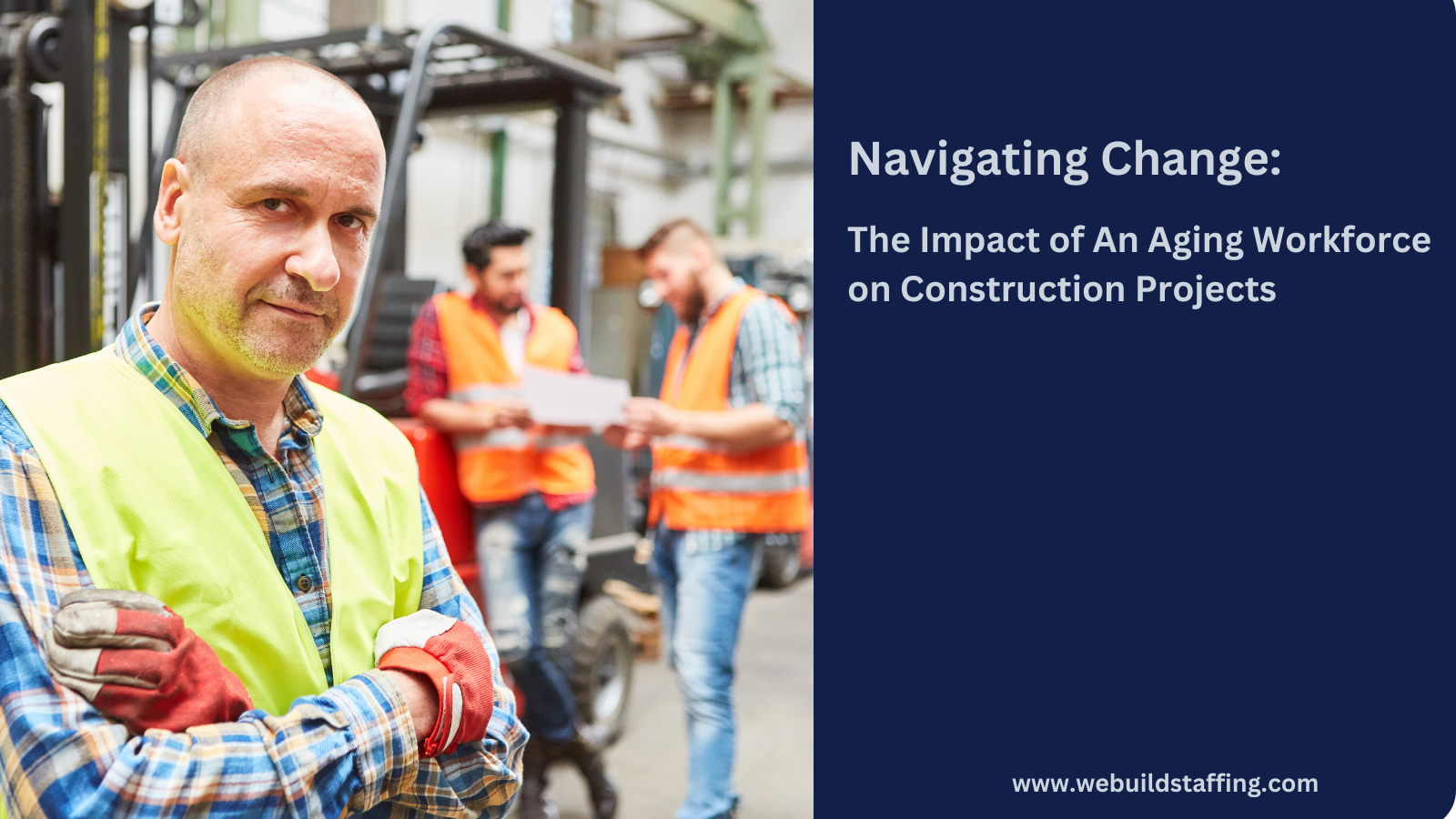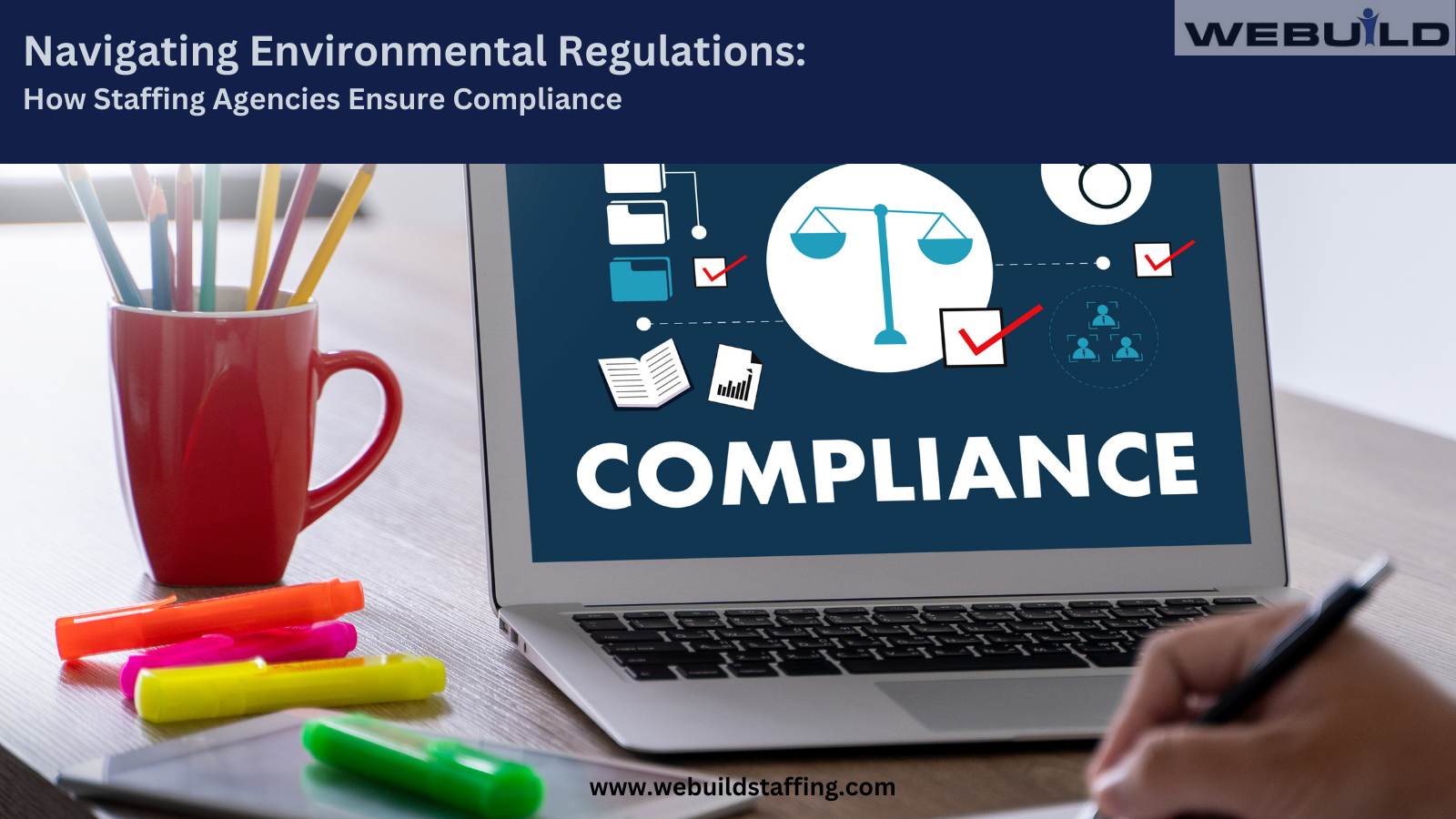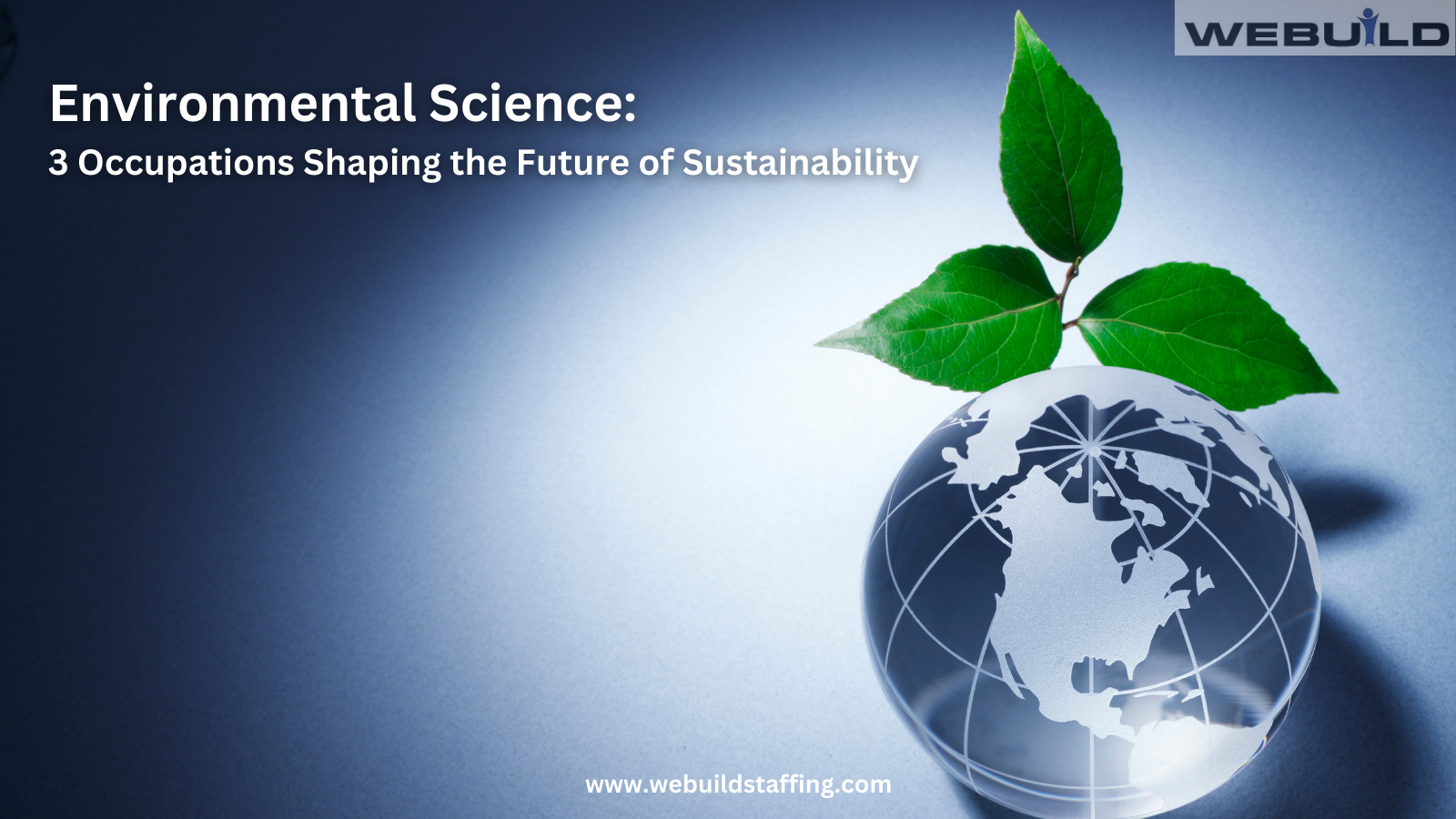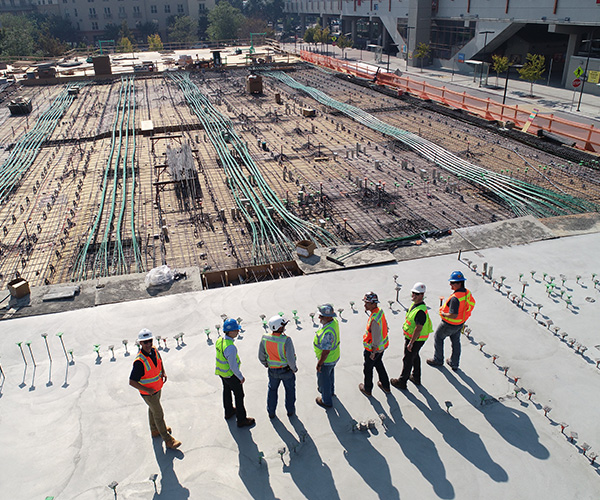Navigating Change: The Impact of Aging Workforce on Construction
WEBUILD STAFFING BLOG |
Navigating Change: The Impact of Aging Workforce on Construction

The construction industry is facing a significant demographic shift as its workforce ages. With many experienced workers nearing retirement age and a shortage of younger talent entering the field, the impact of an aging workforce on construction staffing is becoming increasingly apparent. This shift presents both challenges and opportunities for construction companies, requiring innovative solutions to address skill gaps, retain institutional knowledge, and ensure the industry’s long-term sustainability. The challenges posed by the aging workforce in construction staffing and potential solutions to mitigate its impact will shape the future of the industry.
The Aging Workforce in Construction:
The construction industry has historically relied on an experienced workforce, with many professionals spending decades honing their skills and expertise in various trades and specialties. However, as the baby boomer generation approaches retirement age, the industry is facing a significant demographic shift. According to the U.S. Bureau of Labor Statistics, the median age of construction workers in the United States has steadily increased over the past decade, with a growing proportion of workers aged 55 and older.
Challenges Posed by an Aging Workforce:
The aging workforce in construction presents several challenges for staffing and workforce management, including:
- Skill Shortages: As experienced workers retire, the construction industry faces a shortage of skilled labor to fill critical roles, particularly in specialized trades and technical positions. The loss of institutional knowledge and expertise can impede project delivery and hinder the industry’s ability to meet growing demand.
- Knowledge Transfer: Retiring workers take with them years of experience, lessons learned, and industry insights accumulated over their careers. Without effective knowledge transfer mechanisms in place, construction companies risk losing valuable institutional knowledge and struggle to onboard and train new hires effectively.
- Safety and Health Concerns: Older workers may face increased risks of workplace injuries and health issues due to age-related factors such as reduced physical stamina, mobility limitations, and chronic health conditions. Ensuring the safety and well-being of aging workers requires proactive measures and accommodations to mitigate these risks and promote a safe work environment.
- Succession Planning: Succession planning is essential for ensuring continuity and stability within construction companies as key personnel retire or transition out of the workforce. Without effective succession planning strategies in place, companies may struggle to identify and develop future leaders and risk disruptions to project delivery and business operations.
- Recruitment and Retention: Attracting and retaining younger talent presents a significant challenge for construction companies, particularly in the face of competition from other industries and changing workforce preferences. Construction companies must adapt their recruitment and retention strategies to appeal to younger workers and address their preferences for work-life balance, career advancement, and workplace cultures.
Solutions to Address the Impact of an Aging Workforce:
To address the challenges posed by an aging workforce in construction staffing, industry stakeholders can implement various strategies and initiatives, including:
- Investing in Training and Development: Construction companies can invest in training and development programs to upskill existing workers and prepare them for leadership roles. Training programs should focus on emerging technologies, best practices, and industry trends to equip workers with the skills and knowledge needed to succeed in a rapidly evolving construction landscape.
- Implementing Knowledge Management Systems: Knowledge management systems can facilitate the capture, storage, and sharing of institutional knowledge within construction companies. These systems may include digital repositories, mentorship programs, and collaborative platforms that enable workers to document and transfer critical information, lessons learned, and best practices to future generations of workers.
- Promoting Workforce Diversity and Inclusion: Embracing workforce diversity and inclusion is essential for attracting and retaining talent from all demographic groups, including younger workers, women, and minorities. Construction companies should implement diversity and inclusion initiatives to create a more inclusive work environment and address barriers to entry and advancement for underrepresented groups.
- Adopting Flexible Work Arrangements: Flexible work arrangements, such as telecommuting, flexible scheduling, and remote work options, can help construction companies attract and retain younger workers who value work-life balance and flexibility. By offering flexible work arrangements, companies can accommodate the diverse needs and preferences of their workforce while maintaining productivity and efficiency.
- Collaborating with Educational Institutions: Construction companies can collaborate with educational institutions, trade schools, and vocational training programs to develop talent pipelines and bridge skill gaps. Partnerships with schools and training providers can facilitate internships, apprenticeships, and work-study programs that expose students to careers in construction and provide hands-on experience in the field.
- Enhancing Safety and Wellness Programs: Investing in safety and wellness programs is essential for protecting the health and well-being of aging workers and promoting a culture of safety within construction companies. Companies should implement ergonomic improvements, health screenings, and wellness initiatives to support the physical and mental health of their workforce and reduce the risk of workplace injuries and illnesses.
- Fostering a Culture of Continuous Learning: A culture of continuous learning encourages workers to pursue professional development opportunities, acquire new skills, and stay abreast of industry trends. Construction companies should foster a culture of continuous learning by providing access to training resources, professional development opportunities, and mentorship programs that support career growth and advancement. The impact of an aging workforce on construction staffing underscores the need for proactive strategies and initiatives to address skill shortages, retain institutional knowledge, and attract younger talent to the industry.
By investing in training and development, implementing knowledge management systems, promoting workforce diversity and inclusion, adopting flexible work arrangements, collaborating with educational institutions, enhancing safety and wellness programs, and fostering a culture of continuous learning, construction companies can navigate the challenges posed by an aging workforce and position themselves for long-term success and sustainability.
We build Staffing Agency is a leading executive search and staffing agency dedicated to the construction, engineering and environmental industries. To learn more please visit: www.webuildstaffing.com










